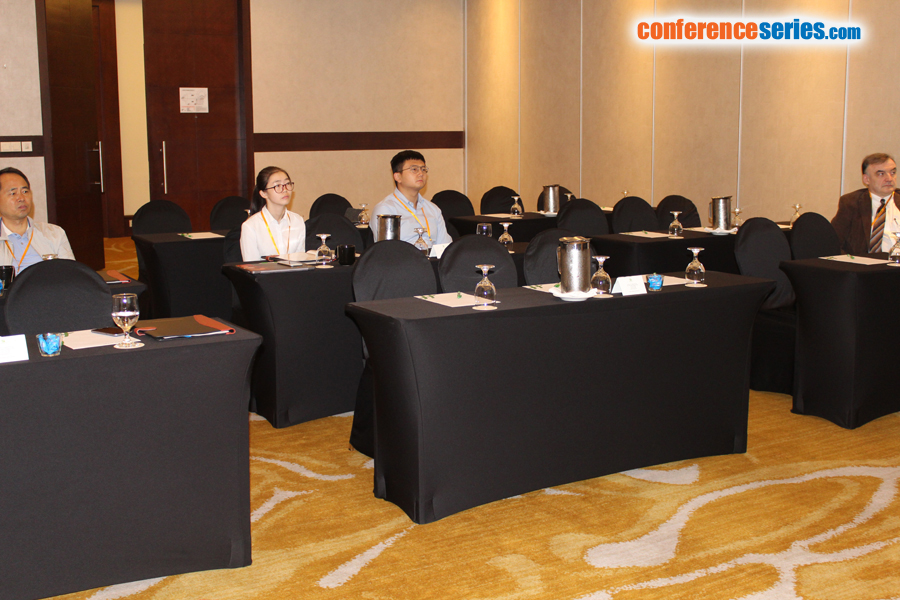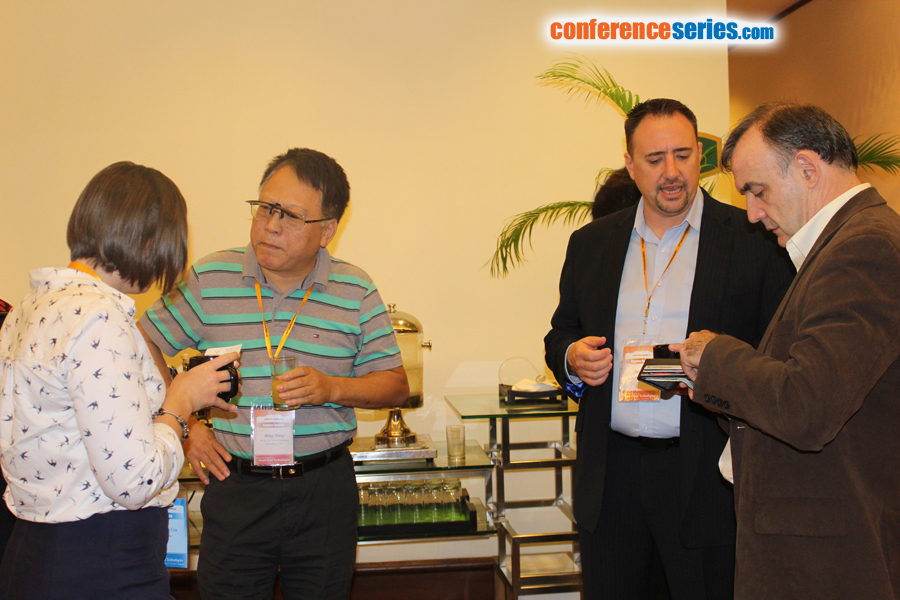
Qing Gao
Fudan University, China
Title: Energy disaggregation on hourly whole-building data combing with robust information
Biography
Biography: Qing Gao
Abstract
Energy consumption feedback on separate device can lead to energy-saving behavior, but current electricity meters only report whole-home data. Energy disaggregation is to separate the aggregated energy signal into component appliance contributions, which can achieve appliance specific energy information feedback for consumers. In tradition, most analyses are based on high frequency (over kHz) data and a dictionary of appliances, which is not suitable for wide spread. Recently, hourly whole consumption and disaggregation data for over 500 buildings in Shanghai and same frequency weather information are collected. In this paper, by comparing different algorithms, we develop a method based on Hidden Markov model that can combine robust information, like weather, to disaggregate hourly whole building energy consumption data. In the disaggregation, the behavioral patterns of different appliance types are separated and then, according to the behavioral patterns, the aggregated data is separated into component device. The method is able to separate main appliances perfectly, such as lighting, air conditioning and the method has the potential to be generally utilized in building load monitoring system.
This work was supported by Grant-in-aid for scientific research from the National Natural Science Foundation for the Youth of China (No. 71703027) and China Postdoctoral Science Foundation Funded Project (Project No. 2016M600270 and No. 2017T100257).
Speaker Presentations
Speaker PDFs
Speaker PPTs Click Here




